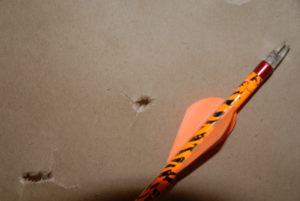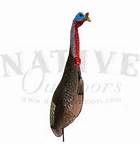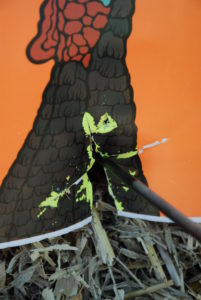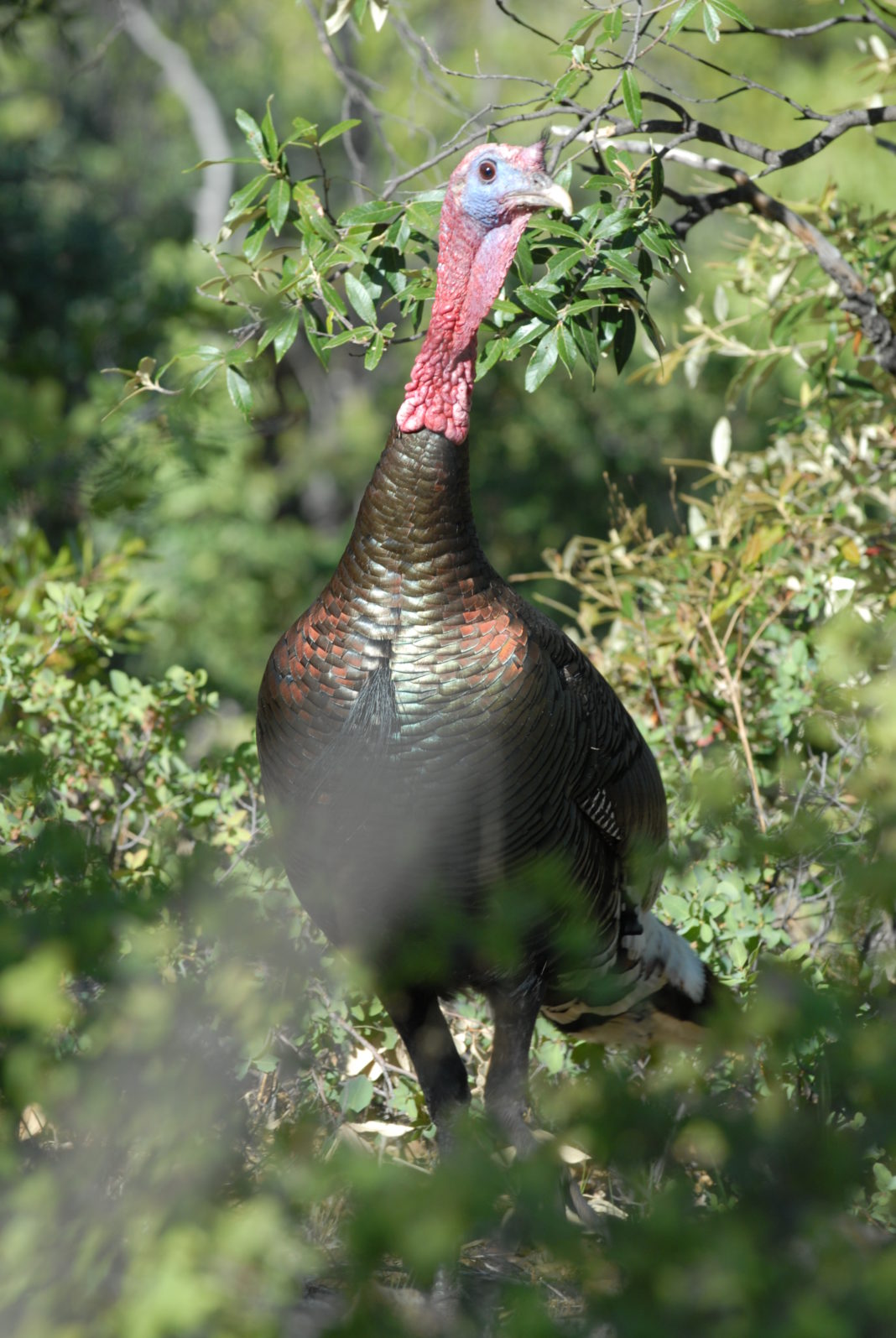Wild turkeys are among bowhunting’s most challenging game animals. In fact, many successful whitetail bowhunters don’t consider stick and string because the challenge is so great. Here’s why:

Turkeys Can See Color: Although most deer hunters wear camouflage, blending into an environment goes to the next level with spring gobblers. If you have red fletch on your arrows, have a white sock exposed, or do not have your face fully covered, you will get busted. Double that issue for gloves. If your hand is unmasked as you work a box caller or peg-and-slate, a turkey will spot that tiny piece of flesh and flee.

Turkeys Spot Movement Immediately: Because spring gobblers are usually hunted from the ground, an approaching bird will be at your eye level. If you change position, raise your crossbow, or begin to draw a compound, expect your target to launch like a rocket. Just the slight turn of our head will be spotted unless it’s done in ultra-slow motion or the bird is distracted.
Turkeys Have Natural Periscopes: If a buck or bull elk approaches, you will see its antlers above the horizon before it can see you. These few seconds of warning can allow you to duck for cover or prepare for the shot as you estimate distance. Hens and gobblers are notorious for approaching over a rise with just the top of their head above the horizon. Often a turkey will survey the area ahead of it like a submerged submarine, and you’ll never know it saw you. Additionally, turkeys have nearly 360 degrees of vision. Its eyes stand out beyond its head, which creates a tremendous field of vision.

Where Are The Vitals? Every prospective turkey hunter should practice on a 3D target. The largest part of a gobbler is its breast, but an arrow there is nonlethal. You’ll rarely have a blood trail to follow as with deer, and the turkey will probably fly with no way to track it. Special, extra-large broadheads kill instantly with a shot to the head or neck, yet will bounce off a turkey’s body. Additionally, the vitals are about the size of a baseball and requires an exact shot in a location that is often obscured by feathers.
Poor Form Causes Misses: Finally, taking a shot at a wild turkey often requires launching at a very awkward position. If you sit against a tree for safety and concealment, drawing your bow without getting the lower limb in the dirt is difficult. Likewise, crossbow hunters must raise their bow with the bird at a distance and follow it through the shot, which complicates judging distance. This negative can be partially eliminated by practicing from a sitting position as you would in a turkey setup.
Bowhunting spring gobblers with a bow and an arrow is exciting, fun, and incredibly challenging. If you succeed, you’ll never taste a sweeter meat.









![The Best Deer Camp Chili [VIDEO] Deer Chili Ingredients, Tomatoes, Chili Spices](/wp-content/uploads/2015/10/Deer-Chili-Deer-Camp-Recipe-218x150.jpg)








![How to Call Elk Early in the Season [VIDEO]](/wp-content/uploads/2016/08/byers003-218x150.jpg)




![Idiots Disturb Hunter: How Would You Have Handled It? [VIDEO]](/wp-content/uploads/2015/10/DSC00110-e1474487693878-100x70.jpg)
![Albino Buck Shocked to Shed His Antlers [VIDEO]](/wp-content/uploads/2015/10/AlbinoDeer-100x70.jpg)